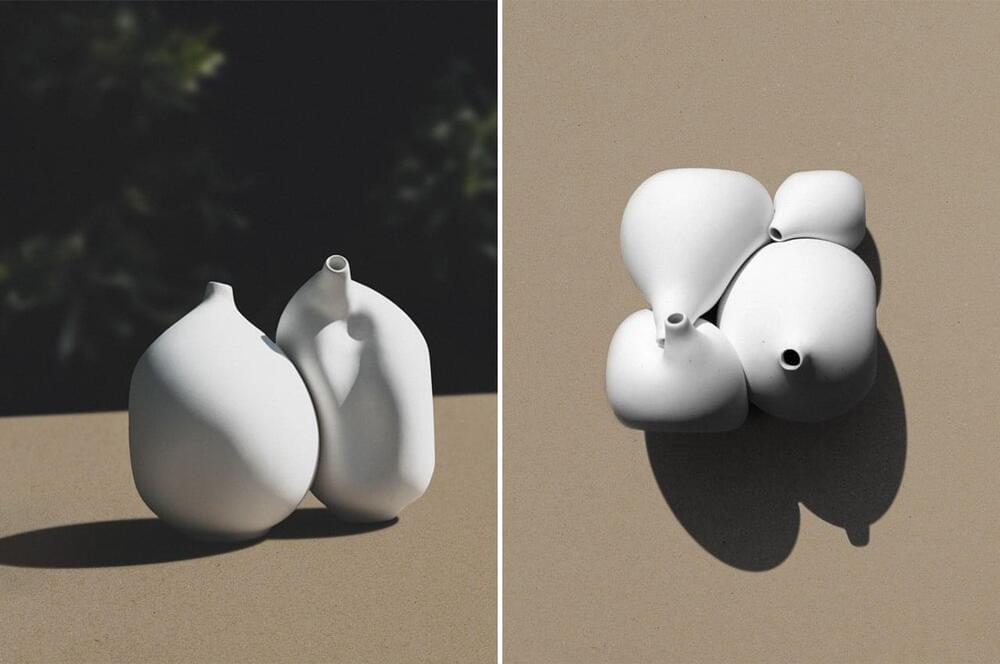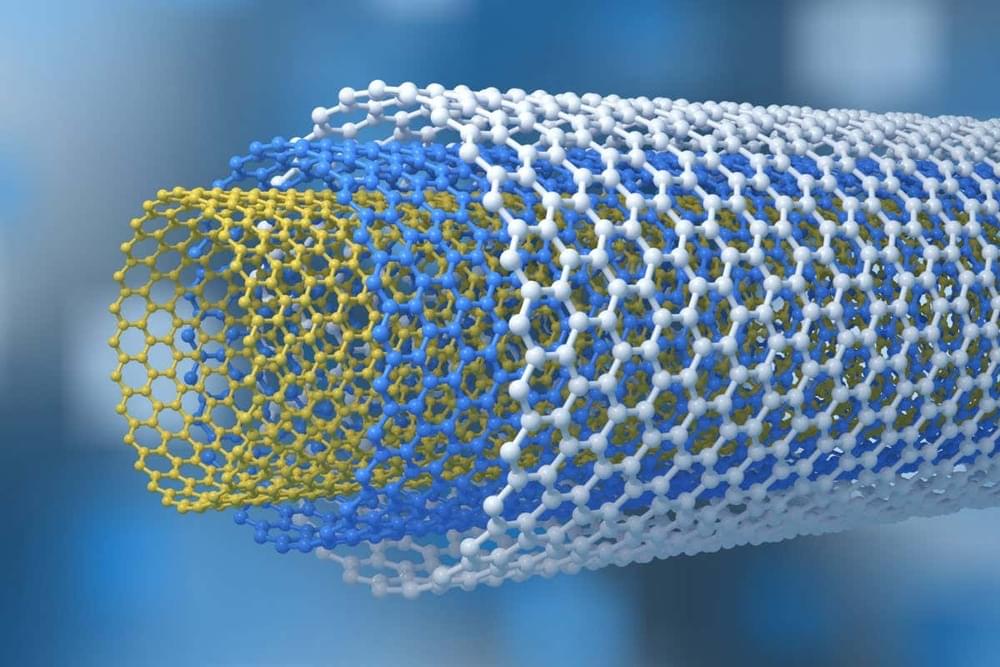
Get the latest international news and world events from around the world.


CNC-milled porcelain vases fit together like a three-dimensional puzzle
Ceramic Bodies is a collection of four porcelain vases that fit together like a three-dimensional puzzle.
Designer Jörg Hugo studied architecture before opening his own design studio. Calling it Studio Jörg Hugo, his work largely explores “the relationship between materiality, form, and space,” as he describes on his personal website. Relying on either digital or analog design methods and production techniques, Hugo creates timeless pieces that completely reinterpret how we interact with space and material. One of his most recent projects, Ceramic Bodies, comprises a collection of four porcelain vases that almost appear to melt into each other like a three-dimensional puzzle.
Designer: Jörg Hugo

Quantum friction explains strange way water flows through nanotubes
Water flows more easily through narrower carbon nanotubes than larger ones and we have struggled to explain why. Now, one team has an answer: it may all be due to quantum friction.
Friction in its standard, classical sense is well understood by most people. The greater the degree of contact between two things moving past one another, the greater the energy needed to overcome friction. A narrow pipe has a larger wall relative to its cross-sectional area than a wider pipe, so you would expect the frictional forces experienced by water inside the smaller pipe to be proportionally greater. This means the water should flow less easily.
But carbon nanotubes don’t obey this rule. These are made of thin layers of graphite rolled into tubes just a few nanometres wide – and the narrower the diameter, the easier it is for water to flow through them.

Meet the artist whose genetic mutation means she can see 100 times more colors than you
Concetta Antico is the world’s most famous tetrachromat, meaning she has four types of color receptors (cone cells) in her eyes. Most of us have three types. As a result of this mutation, Antico can see around 100 million colors, 100 times more than other people. Antico is an artist and she says that her psychedelic color paintings depict what she perceives. I wonder though what her paintings look like through her eyes. From The Guardian:
According to Dr Kimberly Jameson, a University of California scientist who has studied Antico, just having the gene – which around 15% of women have – is not alone sufficient to be a tetrachromat, but it’s a necessary condition. “In Concetta’s case … one thing we believe is that because she’s been painting sort of continuously since the age of seven years old, she has really enlisted this extra potential and used it. This is how genetics works: it gives you the potential to do things and if the environment demands that you do that thing, then the genes kick in.”[…]
While the natural world is a positive stimulant for Antico, many man-made environments, such as a large shopping centre with fluorescent lighting, have the opposite effect. “I feel very uneasy. I actually avoid going into those kinds of buildings unless I absolutely have to,” she says. “I don’t enjoy the barrage, the massive onslaught of bits of unattractive colour. I mean, there’s a difference between looking at a row of stuff in a grocery store and looking at a row of trees. It’s like, it’s ugly, and the lights are garish. It makes me not happy.”




Tiny Photonic Chip Provides a Big Boost in Precision Optics
Researchers at University of Rochester’s Institute of Optics for first time distill novel interferometry into a photonic device.
University of Rochester researchers for the first time package a way of amplifying interferometric signals using inverse weak value amplification —without increase in extraneous input or “noise”—on an integrated photonic chip.
By merging two or more sources of light, interferometers create interference patterns that can provide remarkably detailed information about everything they illuminate, from a tiny flaw on a mirror, to the dispersion of pollutants in the atmosphere, to gravitational patterns in far reaches of the Universe.

Insight Into How the Brain Multitasks While Walking
Summary: Walking patterns improve when people embarked on cognitive tasks at the same time, suggesting people are more stable while walking and performing tasks than when they solely focus on walking.
Source: University of Rochester.
New research turns the old idiom about not being able to walk and chew gum on its head. Scientists with the Del Monte Institute for Neuroscience at the University of Rochester have shown that the healthy brain is able to multitask while walking without sacrificing how either activity is accomplished.